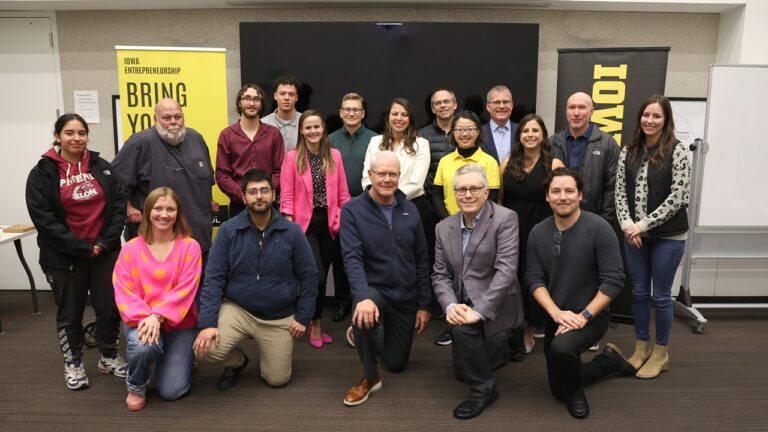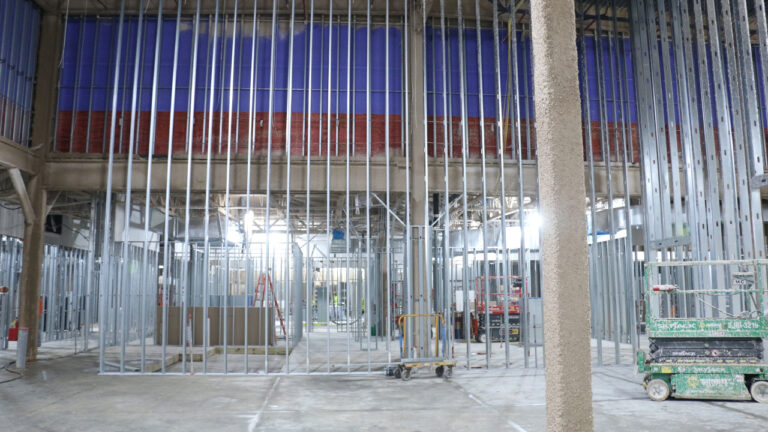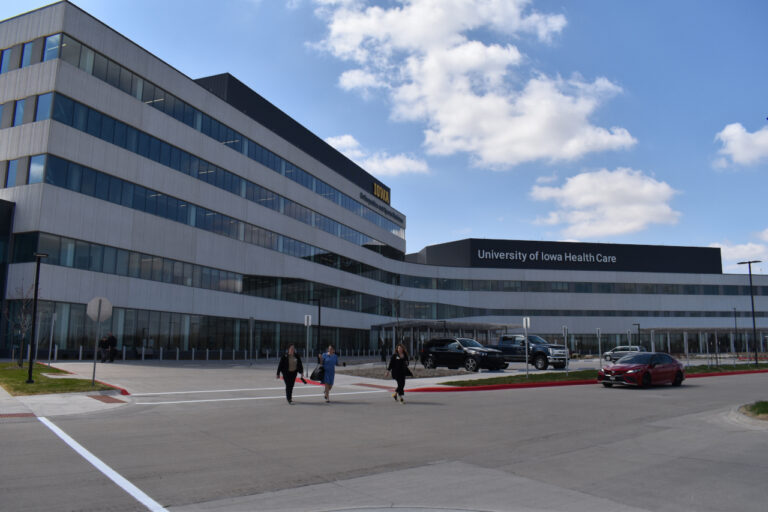By Joe Coffey / The Fifth Estate
Corridor media outlets, please figure out how to put engaging, fitting, real images on the stories you produce.
At the very moment I’m writing this curmudgeonly piece of media criticism, the Gazette’s lead web story features a generic image of a police car light bar. KGAN’s lead web story image is the Iowa State Patrol logo. KWWL’s shows a generic silhouette of a firefighter behind flames. KCRG’s features a generic image of broken glass strewn across a nondescript road. The photo credit at the bottom says “Public Domain Pictures.”
Why is it so hard to give us a compelling, original image?
I suppose you can’t blame local media entities for saving a buck when it comes to staffing people 24/7 to chase shots of wrecks and mid-level crime. Why, then, are stories of that ilk the perpetual lead offerings on these news sites? Take a look and you’ll see that the majority of the images accompanying the stories on local media websites are often generic, or at least lame.
I’ve been there. My KCRG pager used to go off in the middle of the night back in the day, scrambling me toward the latest meth house bust or the smoldering ruins of what was an active house fire before I arrived. I know how hard it is to get a good visual for every story every time.
Some years ago, I recruited Peter Turnley to speak to the budding journalists at the University of Iowa’s School of Journalism and Mass Communication. He’s an award-winning photographer who has shot dozens of wars and big events for the covers of Newsweek and Time. Sadly, his presentation touched on the decline of his vocational species. These days, those magazines are more likely to feature something like an artistic illustration of a light bulb above a brain to accompany a feature story pontificating on the origins of American ingenuity or whatever.
It’s amazing how much Photoshop has changed our culture. Maybe it’s just not a good time to make a career out of photojournalism.
The dearth of interesting local media visuals goes beyond declining budgets and dedication to news. There’s a tendency for Corridor media outlets to prioritize story gathering according to their long-established preferred platforms. This, despite the fact that TV, print and radio all have websites and have been competing on them for 20-plus years now. TV stations continue to post videos with the assumption that we’re interested or willing to watch a video instead of read the story and see some pics. Or, they’ll copy/paste stories written for a newscast onto web pages that just don’t deliver the right experience in that style of writing.
Newspapers are still presenting articles online with the assumption that readers on smart devices have the circa-1975 patience to make it past the third sentence of a drawn-out lead before the “nut graph” (the gist of a story) is presented. They don’t seem to be treating their audiences the way a good business treats customers, researching media consumption habits and doing whatever is necessary to service them.
The good news is that there are indeed great shooters in this market. For example, the paper’s rounds up their best photos every month and puts them online in a video slideshow. You won’t have any luck finding them via the Gazette’s search engine, so search “Cedar Rapids gazette favorite photos” on Google to find them. You’ll see artistic photography, great moments at local events and Norman Rockwell-esque slices of Midwestern life that’ll make you proud to live here in the Corridor. Some of these shots are simply fantastic.
I want to believe that all the Corridor media outlets have talented shooters. Is their work similarly buried while police blotter news wins the main page day after day? Are the triple-duty TV reporters (who write, shoot video and grab stills) not being challenged to come up with something better than a yellow strip of police tape? Are the great shooters not advocating for themselves, pitching photo essays of important events and main page placement until they get it?
Maybe it’s the best time ever to be a photojournalist. The need is definitely there.
Joe Coffey is the owner of Coffey Grande Studios.







